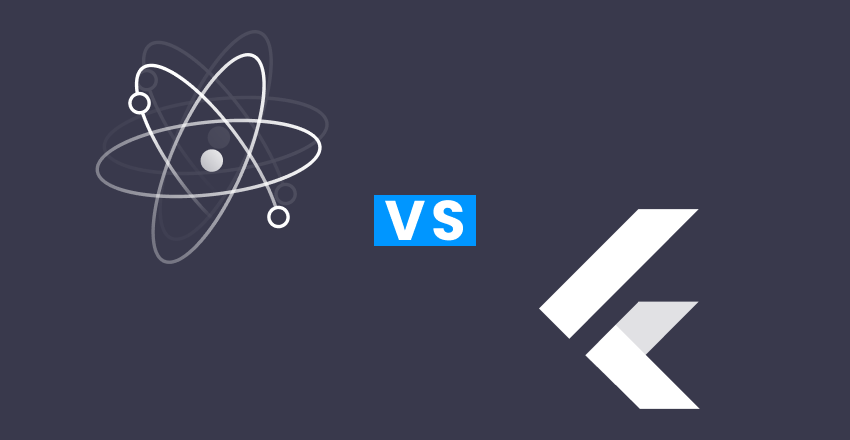
Flutter
Flutter makes apps run faster and smoother than React Native. It does this by talking directly to the phone’s system, without a middleman. This is great for apps with lots of animations. Flutter also has a lot of built-in design tools, so you can make pretty apps more easily. It works the same on Android and iPhones, so you don’t have to worry about differences between them. It also makes it easier to find mistakes in your code early. Google, a big and trusted company, supports Flutter.
React Native
React Native has been around longer and is more popular. This means there are many tools and help available from other developers. It’s good for making simple apps quickly because of these resources. If you’re a web developer, you’ll find it easier to use because it uses JavaScript. It can also be tweaked for better performance by using some phone-specific code. Facebook, another big and trusted company, supports React Native. It also lets you see changes instantly as you code, making development faster.
Learning Curve of Language
Dart (Flutter) has a language structure that’s easy to understand and similar to languages like Java and C#. If you’re coming from a background in typed languages, you may find Dart to be more straightforward. JavaScript (React Native), on the other hand, is loosely typed and can be a bit forgiving, but that also leads to potential issues that you might not encounter until runtime.
Documentation and Tutorials
Both frameworks have robust documentation, but Flutter’s is often praised for its comprehensiveness and clarity. The strong typing in Dart also means that errors can be caught at compile-time, making the debugging process potentially easier for beginners.
UI Components
Flutter provides a wide array of pre-designed widgets that are customizable, which might make it easier for a beginner to create a polished UI without having to understand the nuances of native components for each platform.
Community Support
React Native has a larger community, which generally means more tutorials, more third-party libraries, and more stack overflow answers, potentially making it easier to find help when you’re stuck. However, Flutter’s community is growing rapidly and becoming more supportive.
Learning Resources
There are more learning resources available for JavaScript and React Native simply due to their longer time in the market. However, Flutter’s learning resources have been growing at a fast pace.
Syntax and Language Features
Dart includes strong typing and a more traditional class-based object-oriented programming model, which some find easier to understand than JavaScript’s prototypal inheritance.
Tooling
Both Flutter and React Native offer excellent development tools, but Flutter’s suite of debugging and profiling tools is often cited as being exceptionally beginner-friendly.
In summary, if you have no prior preference or experience with JavaScript, you might find Flutter to be easier to pick up, especially if you come from a typed, object-oriented programming background. However, the best way to find out which one is easier for you is to try a simple project in both and see which one you find more intuitive.